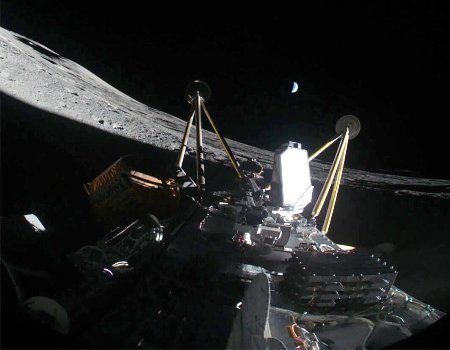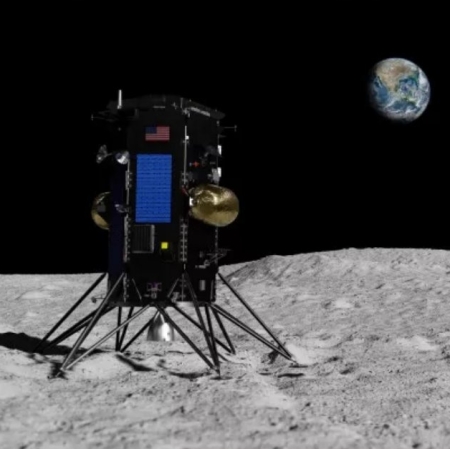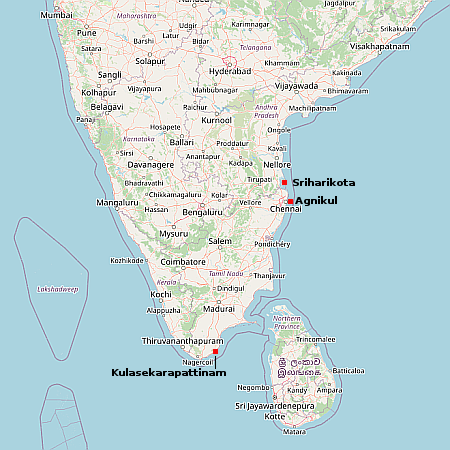March 7, 2025 Quick space links
Courtesy of BtB’s stringer Jay. This post is also an open thread. I welcome my readers to post any comments or additional links relating to any space issues, even if unrelated to the links below.
- Varda releases video showing the inside view during its second capsule’s return from space
The capsule returned on February 27, 2025.
- Cool video of Blue Ghost shooting four tethered electrodes from an 8-foot mast at the top of the lander
The electrodes flew quite a distance, though the fisheye lens exaggerates that impression.
- NASA and the press team up to lobby against possible significant cuts to the agency’s science budget
I have been following NASA science work for decades, and though much of it is extremely worthwhile, much of it is also fat that could be trimmed, most especially centers and programs that have been shown to fudge climate numbers to fit the theory of human-caused global warming (I’m most specifically looking at the Goddard Institute for Space Studies in New York). These should be shut down as fast as possible.
- China’s government endorses its pseudo-commercial space industry
It definitely likes the innovation and lower costs that come with competition, but it also still retains a very tight grip of control over these pseudo-companies. They do nothing on their own, but do what the government wants them to do.
- X-37B successfully de-orbited early this morning, landing at Vandenberg in California
More information to come.
- On March 6, 2009 the Kepler space telescope was launched
Over nine years of observations it discovered over 2,600 transiting exoplanets.
Courtesy of BtB’s stringer Jay. This post is also an open thread. I welcome my readers to post any comments or additional links relating to any space issues, even if unrelated to the links below.
- Varda releases video showing the inside view during its second capsule’s return from space
The capsule returned on February 27, 2025.
- Cool video of Blue Ghost shooting four tethered electrodes from an 8-foot mast at the top of the lander
The electrodes flew quite a distance, though the fisheye lens exaggerates that impression.
- NASA and the press team up to lobby against possible significant cuts to the agency’s science budget
I have been following NASA science work for decades, and though much of it is extremely worthwhile, much of it is also fat that could be trimmed, most especially centers and programs that have been shown to fudge climate numbers to fit the theory of human-caused global warming (I’m most specifically looking at the Goddard Institute for Space Studies in New York). These should be shut down as fast as possible.
- China’s government endorses its pseudo-commercial space industry
It definitely likes the innovation and lower costs that come with competition, but it also still retains a very tight grip of control over these pseudo-companies. They do nothing on their own, but do what the government wants them to do.
- X-37B successfully de-orbited early this morning, landing at Vandenberg in California
More information to come.
- On March 6, 2009 the Kepler space telescope was launched
Over nine years of observations it discovered over 2,600 transiting exoplanets.













